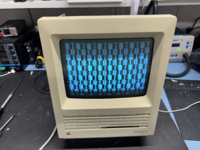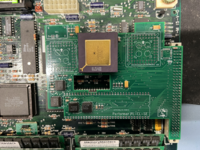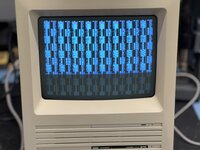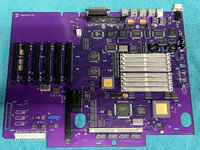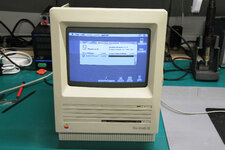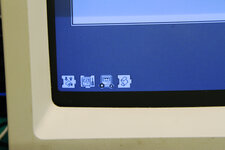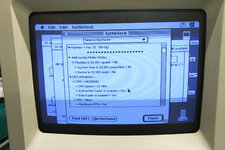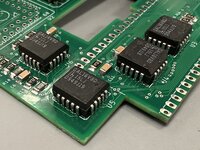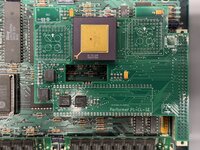JC8080
Well-known member
Cool, please keep us updated on the build!This came in the mail yesterday. I can confirm it is exactly what was expected, a dual-male header/socket that fits over the 68k. It should do the job. I have most of the parts for the board, just waiting on a 6882 a couple more components then I'll have a go at putting it all together.

